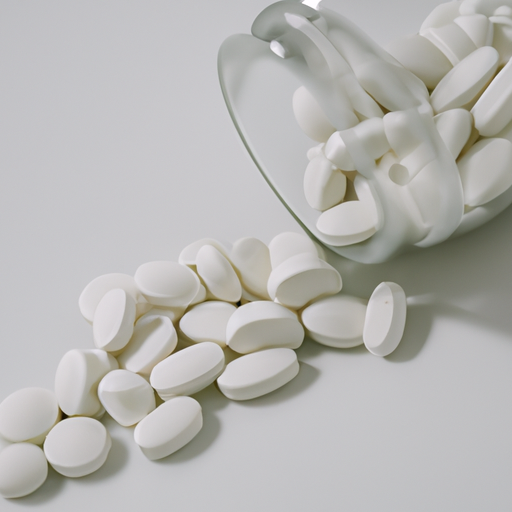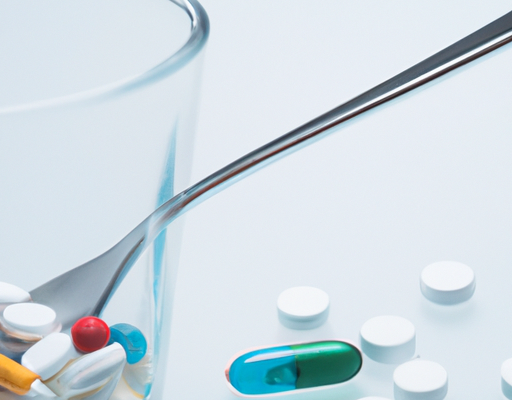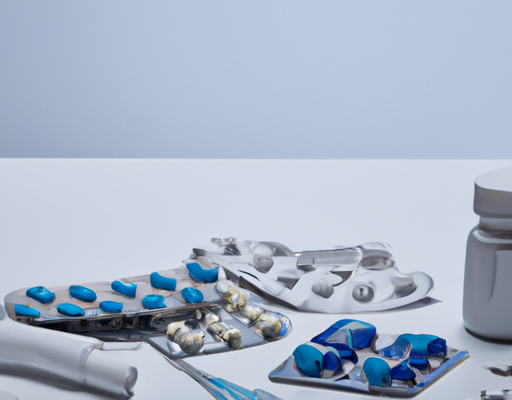Definition of acne
Acne is a common skin condition that can occur in anyone, from children to adults. It is characterized by the presence of red spots on the skin, often accompanied by swelling and bumps that may contain pus. This pus is usually white or yellow, but in some cases it can appear green. When this happens, it usually indicates that the infection has progressed, and it is important to seek medical advice immediately. Acne can be embarrassing and lead to physical and psychological distress, but fortunately, there are treatments available to help manage it. Green pus can be a sign of a severe infection, so it is important to be vigilant and seek medical help promptly.
Causes of acne
Acne is a common skin condition that can range from mild to severe. Although there are many factors that can cause acne, the most common causes are hormones, bacteria, or an overproduction of oils on the skin. Hormonal changes can lead to the production of excess oil, which contributes to blockages in the pores and an overgrowth of bacteria. Bacteria that live on the skin can become trapped in these blockages and cause inflammation, leading to the formation of red, tender bumps filled with pus. In some cases, the pustules become infected with green pus, a sign of infection that requires medical attention. Other potential causes of acne include stress, diet, and certain medications, such as steroids or birth control.
Signs and symptoms of acne
Acne with green pus is a serious skin condition that can cause physical and psychological distress. It is characterized by the presence of inflamed lesions that usually contain pus. The pus may be whitish or green in appearance, depending on the type of bacteria present. Signs and symptoms of acne include whiteheads, blackheads, pus-filled cysts, nodules, and tender red bumps on the skin. These lesions can vary in size, from small pimples to large cysts, and can occur on the face, neck, chest, back, shoulders and arms. They may be painful and often cause emotional distress due to their appearance. Prolonged acne may lead to scarring and pigmentation changes. Treatment varies depending on the severity of the condition and usually includes topical medications, antibiotics and oral contraceptives.
Treatment options
Acne with green pus can be difficult to treat, but luckily there are several different options for treatment. One of the recommended treatments is medication. Antibiotics such as tetracycline or erythromycin can be prescribed to help reduce bacteria from the skin. Additionally, topical medications such as retinoids and benzoyl peroxide can help to reduce inflammation, open clogged pores, and prevent further breakouts. Another effective treatment for acne with green pus is natural remedies which can help to reduce the topical symptoms of acne. Some of these remedies include honey, aloe vera gel, tea tree oil, and cucumber juice. Lastly, chemical peels and laser therapy are two more treatments that can be used to reduce inflammation and clear your skin of acne with green pus. Overall, no matter what treatment you choose, it is important to be consistent and patient with your treatment as results can take some time to show.
Green pus as a symptom
When it comes to acne, the most common symptom is the red, inflamed bumps on the skin. However, in some cases, green pus may be present. Green pus is a sign of a more serious infection, as the green color is caused by the presence of an enzyme called leukocyte. This enzyme is an indicator of bacteria present in the area and indicates that a more serious infection is present. As such, green pus is an important symptom to watch for and should be addressed quickly and professionally. Green pus can be accompanied by other symptoms such as redness, swelling, and pain. If you experience any of these symptoms while dealing with acne, it is important to seek medical advice to make sure there is no serious, underlying infection present.
Significance of green pus
Acne with green pus can be a sign of infection and a medical emergency. If a person experiences a greenish pus along with severe redness, pain, and swelling in the area, they should seek medical attention as soon as possible. In general, green pus is normally a sign of a bacterial infection and can be caused by things like a puncture wound, a bug bite, or a cut. It can also be caused by things like staph infections, strep throat, or even an abscess. In any of these cases, the greenish pus should be taken seriously in order to avoid further health complications. Additionally, green pus is a sign of infection in acne–if a person has a pimple that is oozing with greenish pus, they should seek medical advice and consider seeing a dermatologist for evaluation.
Possible causes of green pus
Green pus is a sign of infection, and often indicative of a more serious problem than a typical acne breakout. It is important to be aware of the possible causes of green pus so that you can take the necessary steps to get a proper diagnosis.
- Bacterial infections
- Fungal infections
- Viral infections
- Allergic reactions
- Insect bites
- Parasitic infections
Given the wide range of possible causes, it is important to consult with a medical professional if you experience green pus. They can determine the underlying cause and provide the best course of treatment. Depending on the cause, treatment could range from topical creams and antibiotics to more intensive treatments such as intravenous antibiotics and surgery.
Treatment for acne with green pus
Treating acne with green pus can seem like a daunting task, but with the right care and treatments it is possible to control the symptoms and reduce the appearance of bumps on the skin. Green pus is a sign of an infection that requires treatment with antibiotics, either in the form of topical creams or oral medications. While antibiotics can help treat the underlying infection, it is important to also focus on prevention, such as keeping the skin clean and avoiding harsh soaps. Additionally, proper hydration and a healthy diet can help reduce the severity of an outbreak. If the acne with green pus is persistent, it is important to consult a dermatologist for further advice and treatment. With the right treatment, it is possible to keep acne with green pus under control and maintain clear skin.





No Comments